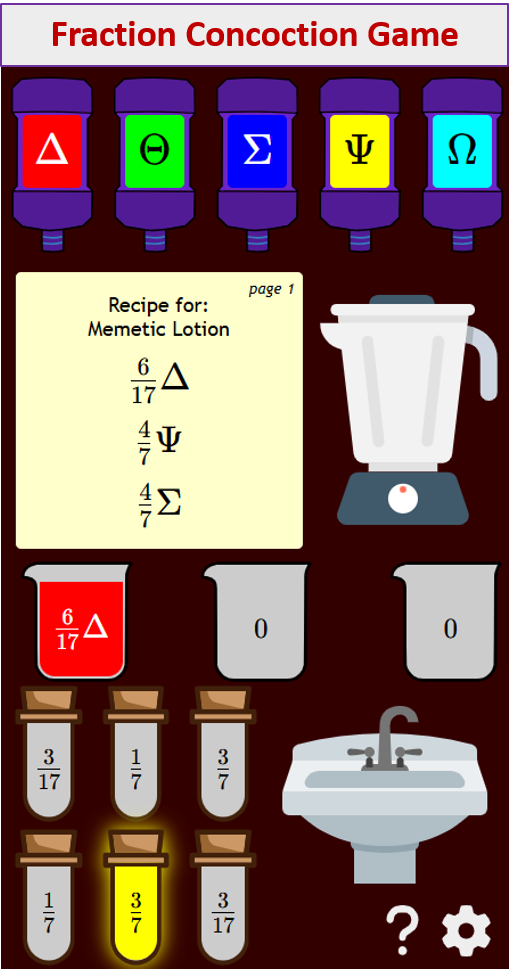

Multiplication (Grade 3)
Related Topics:
More Lessons for Grade 3
Common Core for Grade 3
Videos, examples, solutions, and lessons to help Grade 3 students learn to interpret products of whole numbers, e.g., interpret 5 × 7 as the total number of objects in 5 groups of 7 objects each. For example, describe a context in which a total number of objects can be expressed as 5 × 7.
Common Core: 3.OA.1
Identifying Multiplication Sentences Using Visuals: 3.OA.1
How to use visual models to help multiply two numbers?
How to use an array to help find the missing factor in a multiplication equation?
Multiplication as Repeated Addition
Multiplication as Repeated Addition
Relating Addition and Multiplication
How are addition and multiplication alike? How are they different?
Example:
Anna needs 3 apples to make one apple cake. Each cake has the same number of apples. How many apples does Anna need to make 4 cakes?


More Lessons for Grade 3
Common Core for Grade 3
Videos, examples, solutions, and lessons to help Grade 3 students learn to interpret products of whole numbers, e.g., interpret 5 × 7 as the total number of objects in 5 groups of 7 objects each. For example, describe a context in which a total number of objects can be expressed as 5 × 7.
Common Core: 3.OA.1
Suggested Learning Target
- I can interpret products in multiplication (so 28 = 4 X 7 as 4 groups of seven, an array with four rows and 7 columns and an area of 4 by 7 rectangle or 4 rows of 7 objects.)
Identifying Multiplication Sentences Using Visuals: 3.OA.1
How to use visual models to help multiply two numbers?
How to use an array to help find the missing factor in a multiplication equation?
How are addition and multiplication alike? How are they different?
Example:
Anna needs 3 apples to make one apple cake. Each cake has the same number of apples. How many apples does Anna need to make 4 cakes?
Try out our new and fun Fraction Concoction Game.
Add and subtract fractions to make exciting fraction concoctions following a recipe. There are four levels of difficulty: Easy, medium, hard and insane. Practice the basics of fraction addition and subtraction or challenge yourself with the insane level.



We welcome your feedback, comments and questions about this site or page. Please submit your feedback or enquiries via our Feedback page.